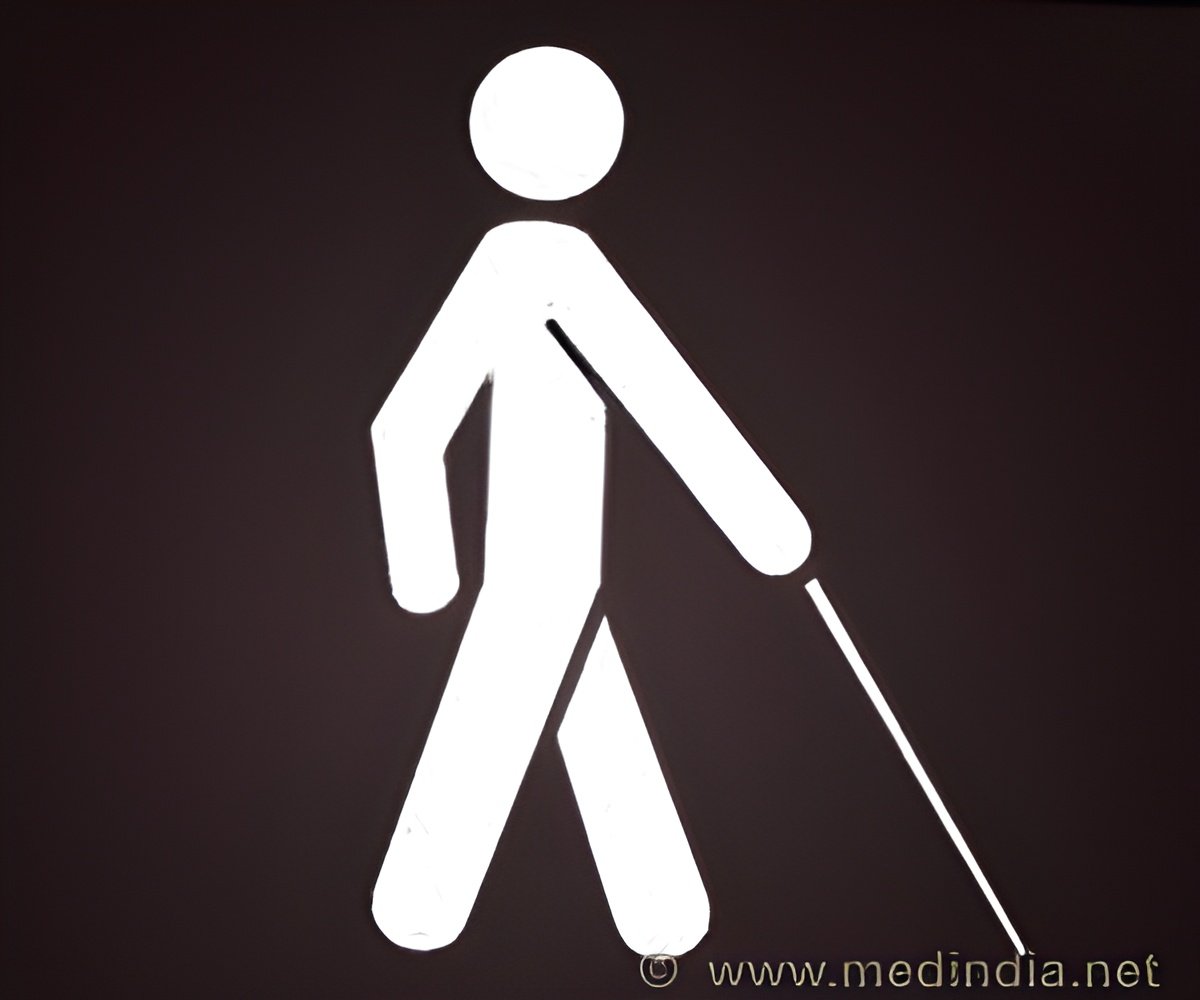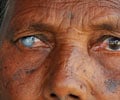Research team develops tactile books that are explicitly tailored to the needs of blind children.

Education and //access to culture is the right of every child, whether disabled or not. Educational materials and children's books need to be adapted to a child’s particular way of perceiving and understanding the world.
Researchers from Switzerland and France have worked together and developed 3D illustrations that children can explore using just two fingers, making it easier to identify an object.
Edouard Gentaz, a Psychology professor, explains that blind children don't have the same visual representation codes as other children - they don't interpret dotted lines surrounding a circle as the sun, and a rectangle with small circles below may not be their representation of a bus.
The psychologist worked toward developing other potential ways of illustrating objects that are more suited to blind children to overcome this difficulty. The research team came up with action-simulating 3D illustrations.
"We have devised a new type of illustration that explores the simulation of the body's experiences in interaction with objects," explains Dannyelle Valente, first author. "The illustrations take the form of mini-scenarios in 3D that children explore using two fingers."
It works simply - as a child turns the pages, they use two fingers to make their way through these miniature scenarios as though they were using their legs. "These movements can be used to replicate actions such as climbing stairs, running, or jumping on a trampoline," continues the researcher.
The working of these illustrations involving simulated actions was tested on eight blind children and 15 sighted children aged 7 to 11. This was then compared with the results from another group of blind and sighted children of the same age that used traditional textures to recognize the same objects.
Prof Gentax explained that the results showed that the sensorimotor patterns associated with the depicted object gets activated by the gestural exploration process, meaning it's easier for blind and sighted children to identify it, i.e., it is easier and quicker to recognize objects in illustrations that involve simulation than textured illustrations.
Balade des Petits Doigts - Little Fingers Do The Walking - the researchers have designed a prototype children's book for children with visual impairments.
Dr. Valnete concludes, "Tactile books that use gestures and body simulations have a high potential for sharing since the sensory experiences are the same for sighted children and blind children."
Source-Medindia








